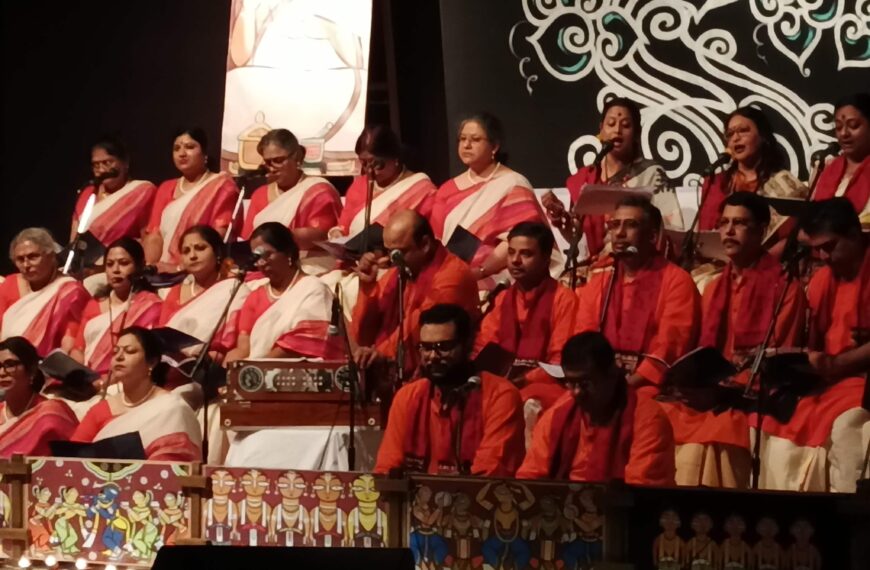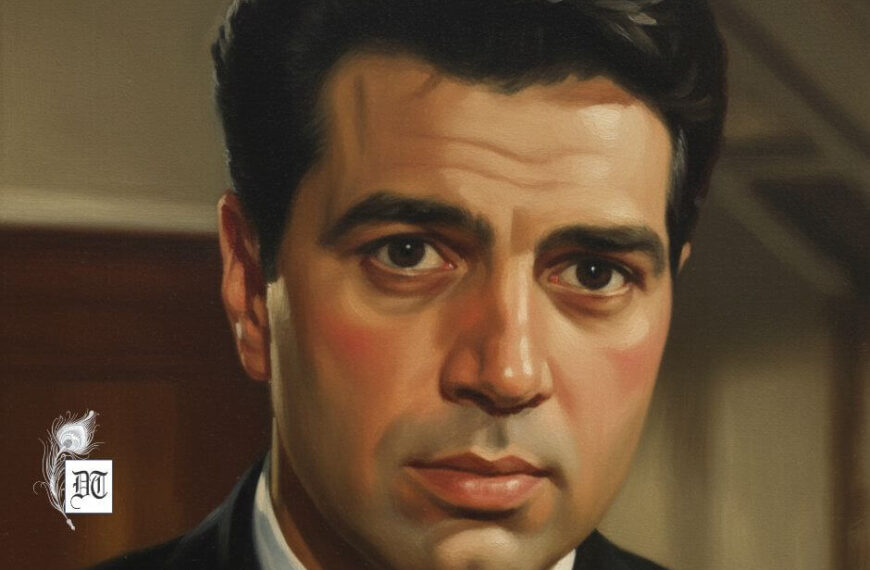Celebrate Kanika Banerjee and Suchitra Mitra’s centenary in Santiniketan, West Bengal, with a grand gathering of singers, musicians, and music enthusiasts on October 12, reports Ruchira, exclusively for Different Truths.

Then Nature said, "A lovelier flower On earth was never sown; This Child I to myself will take; She shall be mine, and I will make A Lady of my own.
~ William Wordsworth
All discerning lovers of poetry and music (I particularly imply English and Bangla) will most likely bear me out that the legendary singer Mohordi (aka Kanika Banerjee) has an uncanny resemblance with the iconic “Lucy”, who prominently features in several of Wordsworth’s memorable poems. Like Lucy, Mohordi was inseparable from Mother Nature. The only difference in her life was that Tagore was nature personified. It was Tagore who affectionately watched over her, moulding her psyche, nature, and personality.
Had she lived, Mohordi would have stepped into her centenary year this weekend. Having walked into the sunset at the turn of the century, she lives in the hearts and minds of her numerous pupils, friends, relatives, and loved ones. Interestingly, they are determined to make her 100th birthday a highly memorable one, not only during the ongoing year but also for posterity.
On October 12, scores of singers, musicians, music aficionados, and die-hard Tagoreans will gather at Santiniketan, Bolpur, West Bengal, to observe the singer’s birth anniversary. Most of the glitterati and Who’s Who of Hindustani classical and Rabindra Sangeet are going to be there. The names doing the rounds include Kanika’s prize pupils Lily Islam and Rezwana Chowdhuri Bonya (both Bangladeshi nationals), Mohan Singh, and Swagata Laxmi Dasgupta, among many more.
In a befitting tribute to the departed soul, Kanika’s dream house, aptly named “Ananda Dhara,” is going to be converted into a memorial museum…
In a befitting tribute to the departed soul, Kanika’s dream house, aptly named “Ananda Dhara,” is going to be converted into a memorial museum (archives) for the public to catch glimpses of her illustrious life and career. A career that spanned nearly seven decades. Kanika (nee Anima) was about five or six years old when she first encountered Rabindranath at Santiniketan. Being an ashram kanya (inmate), Tagore was part and parcel of her everyday life. She was lovingly rechristened Mohor, a gold coin (perhaps the Bard had instinctively realised her intrinsic worth). And the rest, as they say, is history.

Priyam Mukherjee, Kanika’s nephew, masterminded the megaproject of establishing an archive (read, an adopted son whom she nicknamed Tanaji) and his wife Ritapa Bhattacharya, both accomplished singers whose skills were (naturally) honed by their celebrity aunt. The duo painstakingly renovated the double-story house dating back to the mid-70s while keeping its basic soul and spirit intact. It is the ground floor that has undergone landmark changes. Space for the archives will comprise the ground-floor veranda, front room, hall, and the singer’s private bedroom chamber. The garage has been remodelled to accommodate an audio-visual studio where music students at all levels can chronologically hear the lyrics and conduct research.
Mukherjee reveals a souvenir shop and a cafeteria will be set up in the vicinity to facilitate all and sundry, from lay visitors to profound music scholars. The vast array of exhibits on display includes Mohordi’s cache of books, original records, cassettes, CDs, awards (including a Padma Shri and a Sangeet Natak Academy), accolades, and citations, besides musical instruments used by her or received as gifts at various points of time.
For culture vultures, “Ananda Dhara” is a Carrefour of art and culture. Its portals have received footfalls from famous personalities and celebrities from across the country and beyond… Satyajit Ray, poet Shakti Chattopadhyay, author Sunil Ganguly, Sarod maestro Amjad Ali Khan, Melody Queen Late Mangeshkar…figure on this list. Countless photographs and memorabilia connected with them are a must-see.
Alongside, the centenary celebrations will equally focus on another renowned vocalist, Suchitra Mitra, who also turns 99…

Alongside, the centenary celebrations will equally focus on another renowned vocalist, Suchitra Mitra, who also turns 99 (DOB: 19/9/24), whose life is inextricably linked with Tagore and Mohordi. Suchitra epitomised elegance and sophistication, while Kanika was a child of nature. The duo’s unwavering friendship, mutual respect (rivalry and skirmishes notwithstanding), and myriad joint performances are too well-known to be reiterated here.
Kanika’s private room will display her saris, jewellery, trinkets, makeup box, her “paan” set (paan holder, nutcracker zarda/tobacco box to boot), and most conspicuously a chair owned by Tagore (later bequeathed to her). Her vintage Ambassador car remains a part of the exhibits.
The D-day function will commence with the traditional lamp lighting and chanting Vedic hymns. Ten commemorative coins will be released in her honour. Incidentally, the great painter and Rabi Thakur’s nephew, Abanindra Nath, jokingly called her “Akbari Mohor” (self-explanatory, isn’t it?). This will be followed by a rendition of her iconic songs by the assembled veterans.
The next part will be a virtual journey down memory lane wherein Bithika Mukhopadhyay (her junior sibling) and several other “Ashramites” closely associated with her will share their experiences and memories. The year-long celebrations envisage live stage programmes across the country and even neighbouring Bangladesh.
Photos sourced by the author.






 By
By

